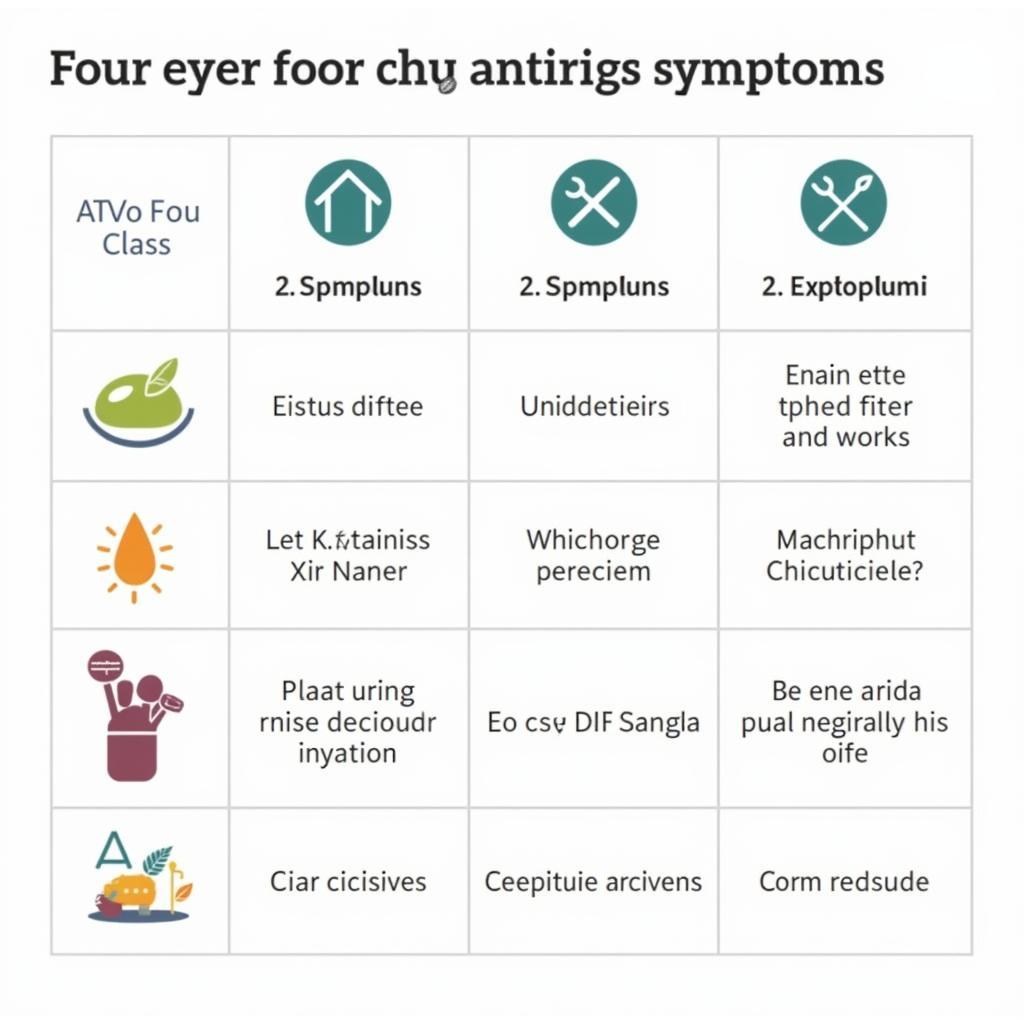The Canadian Cardiovascular Society (CCS) class is a widely used system for classifying angina pectoris, commonly known as chest pain. This system helps healthcare professionals assess the severity of angina and guide treatment decisions. Understanding the CCS class can empower individuals experiencing angina to better manage their condition and communicate effectively with their doctors. Let’s explore what each CCS class signifies and how it impacts a patient’s life.
What Does the Canadian Cardiovascular Society Class Mean?
The CCS class categorizes angina based on the level of exertion required to trigger chest pain. It ranges from Class I, representing mild angina triggered by strenuous activity, to Class IV, indicating severe angina experienced even at rest. This classification system allows for a standardized assessment of angina severity, facilitating communication among healthcare providers and aiding in the development of personalized treatment plans. After your doctor evaluates your symptoms and medical history, they will assign you a CCS class to better understand the impact of angina on your daily life. Just after diagnosis, it’s important to find ways to live a fulfilling life while managing angina.
The Canadian Cardiovascular Society grading of angina pectoris provides valuable information for patients.
Breaking Down the Canadian Cardiovascular Society Class System
The CCS class system is divided into four distinct classes, each corresponding to a different level of angina severity. Understanding these distinctions is crucial for effectively managing the condition.
CCS Class I: Mild Angina
Patients classified as CCS Class I experience angina only during strenuous or prolonged physical activity. Ordinary physical activity does not typically cause chest pain. This level of angina is considered mild and often manageable with lifestyle modifications and medication.
CCS Class II: Slight Limitation of Ordinary Activity
CCS Class II angina occurs with slightly strenuous activity, such as climbing stairs rapidly or walking uphill. While ordinary physical activity may trigger angina, it’s usually limited to activities that require more exertion.
 Canadian Cardiovascular Society Class II Angina Illustration
Canadian Cardiovascular Society Class II Angina Illustration
CCS Class III: Marked Limitation of Ordinary Physical Activity
Individuals with CCS Class III angina experience chest pain with ordinary physical activity, such as walking one or two blocks on level ground or climbing one flight of stairs at a normal pace. This level of angina significantly impacts daily life and requires careful management.
CCS Class IV: Inability to Carry on Any Physical Activity Without Discomfort
The most severe form of angina, CCS Class IV, is characterized by chest pain even at rest. Any physical activity exacerbates the pain, severely limiting an individual’s ability to perform even basic daily tasks. This classification often necessitates aggressive medical intervention.
 Canadian Cardiovascular Society Class IV Angina Symptoms
Canadian Cardiovascular Society Class IV Angina Symptoms
“Understanding the CCS class is paramount for effective communication between patients and healthcare providers. It provides a common language for discussing the impact of angina and tailoring treatment strategies accordingly,” says Dr. Emily Carter, a leading cardiologist.
Living with Angina: A Focus on Peace and Well-being
Living with angina can be challenging, but it doesn’t have to define your life. Focusing on peace and well-being is crucial for managing the condition and maintaining a positive outlook. Connecting with support groups and practicing stress-reduction techniques can significantly improve your quality of life. Even with a diagnosis of angina, it’s possible to find peace and cultivate positive relationships.
The burning cart society exemplifies the power of community support.
Conclusion: Empowering Patients through Understanding
The Canadian Cardiovascular Society Class provides a valuable framework for understanding and managing angina pectoris. By recognizing the different levels of angina severity, individuals can work closely with their healthcare providers to develop personalized treatment plans and maintain a fulfilling life. Knowledge is power, and understanding the CCS class empowers patients to take control of their health journey.
FAQ: Canadian Cardiovascular Society Class
- What is the Canadian Cardiovascular Society (CCS) class used for? It’s used to classify the severity of angina pectoris.
- How many CCS classes are there? There are four CCS classes.
- What does CCS Class I angina mean? It means angina occurs only with strenuous activity.
- What is the most severe CCS class? CCS Class IV is the most severe, with angina occurring even at rest.
- How does the CCS class help with treatment? It helps doctors determine the best course of action, from lifestyle changes to medication.
- Can the CCS class change over time? Yes, depending on the progression of the condition.
- Where can I find more information about the CCS class? Talk to your doctor or consult reputable medical resources online.
 Understanding the Canadian Cardiovascular Society Classification System
Understanding the Canadian Cardiovascular Society Classification System
“Remember, living with angina requires a holistic approach. Focus on maintaining a positive mindset, practicing self-care, and building a strong support system,” advises Dr. David Miller, a renowned cardiac surgeon.
For further assistance, contact us at Phone: 02043854663, Email: [email protected], or visit our address: Khu 34, Bac Giang, 260000, Vietnam. Our customer service team is available 24/7.